Stocks continue relief rally amid talks of trade negotiations
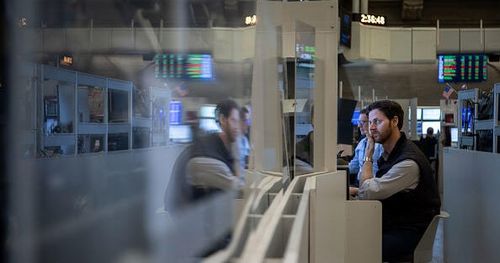
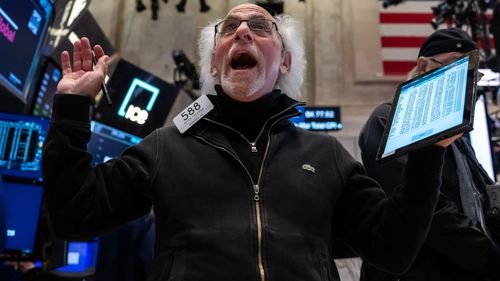
The S&P 500 advanced 1.47% and closed at 5,686.67. This marked the broad market index’s ninth consecutive day of gains and its longest winning run since November 2004. The Dow Jones Industrial Average jumped 564.47 points, or 1.39%, to end at 41,317.43. The Nasdaq Composite gained 1.51% and settled at 17,977.73. With Friday’s surge, the S&P 500 has now recovered its losses since April 2, when President Donald Trump announced his “reciprocal” tariffs. This comes a day after the tech-heavy Nasdaq accomplished the same feat. Payrolls grew by 177,000 in April, above the 133,000 that economists polled by Dow Jones had anticipated. That figure was still down sharply from the 228,000 added in March but much better than feared after recession worries ramped up last month. The unemployment rate stood at 4.2%, in line with expectations.
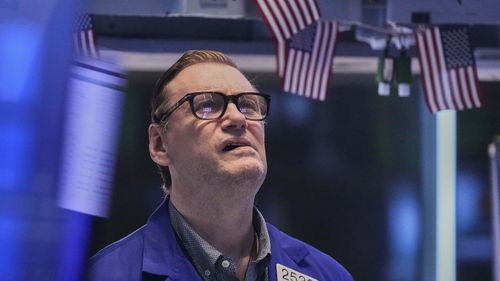
Wall Street extended its gains to a ninth straight day Friday, marking the stock market’s longest winning streak since 2004 and reclaiming the ground it lost since President Donald Trump escalated his trade war in early April. The rally was spurred by a better-than-expected report on the U.S. job market and resurgent hope for a ratcheting down in the U.S. trade showdown with China.
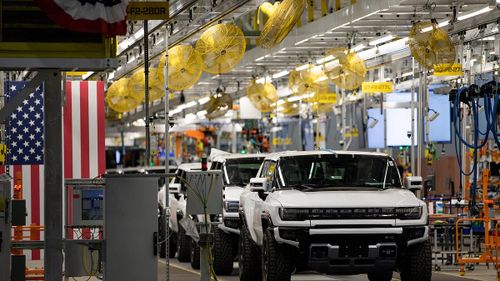
The U.S. job market delivered an unexpected boost in April, adding 177,000 jobs—well above analysts’ forecasts of 135,000. The surprise report sent stocks surging, nearly erasing the sharp losses that followed former President Donald Trump’s “liberation day” Rose Garden speech. Trump quickly took credit on Truth Social, writing that his policies were “just getting started.” White House Press Secretary Karoline Leavitt echoed the optimism, noting, “This is the second month in a row where the jobs report has beat expectations… Wages are continuing to rise and labor force participation is increasing… More winning is on the way.” The unemployment rate held steady at 4.2%, easing concerns that tariffs and federal job cuts had already started hurting the labor market. This marks the 52nd consecutive month of job growth, the second-longest streak in U.S. history. In March, payrolls were initially reported at 228,000 before being revised down to 185,000. April’s growth was spread across several key sectors: healthcare added 51,000 jobs; transportation and warehousing gained 29,000; bars and restaurants hired 17,000; and construction expanded by 11,000. Factories, however, shed 1,000 jobs. Despite the strong numbers, some economists remain cautious. “Let’s not fool ourselves, things are going to get worse later this year, probably later in the summer,” said Robert Frick, corporate economist at Navy Federal Credit Union. Meanwhile, broader economic signals remain mixed. Earlier this week, the U.S. reported a 0.3% contraction in gross domestic product for the first quarter, a sharp reversal from the previous 2.4% expansion. Trump blamed the disappointing figure on a “Biden overhang.”

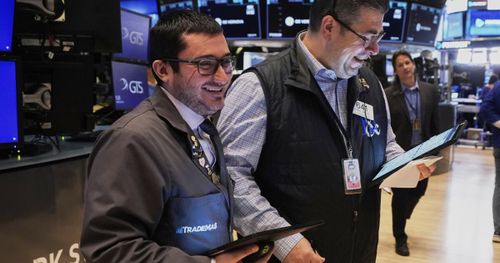

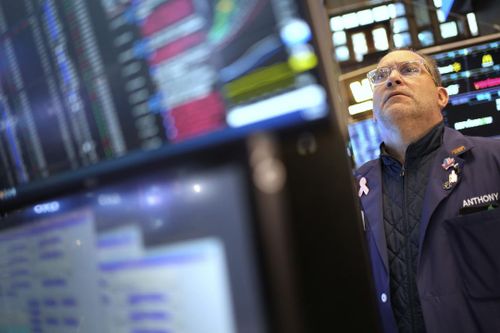

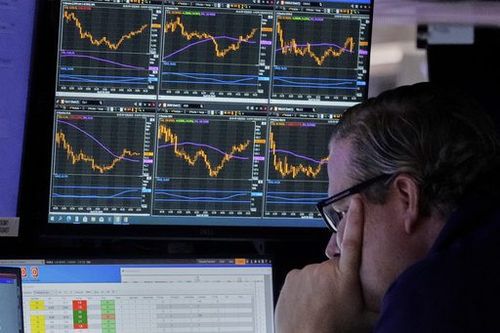
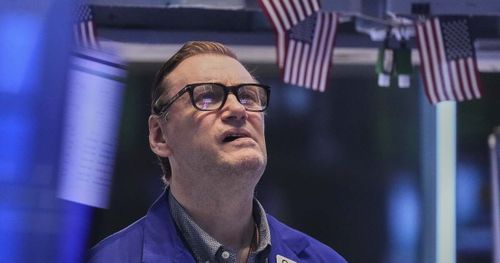
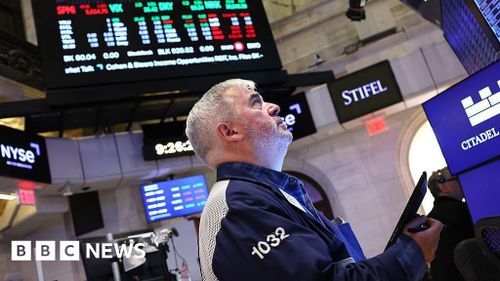
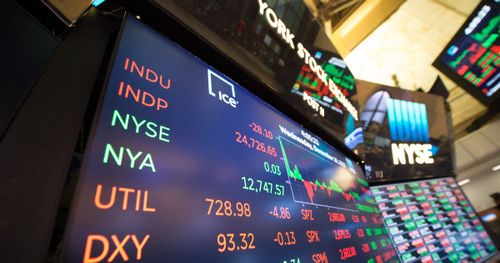

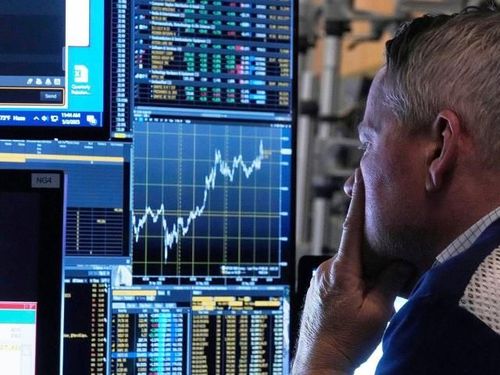
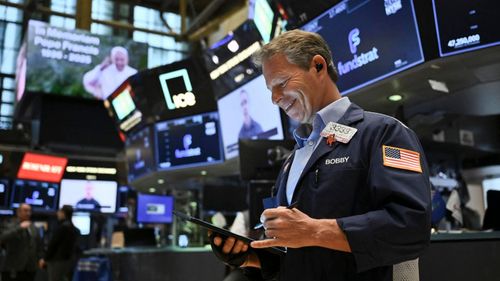
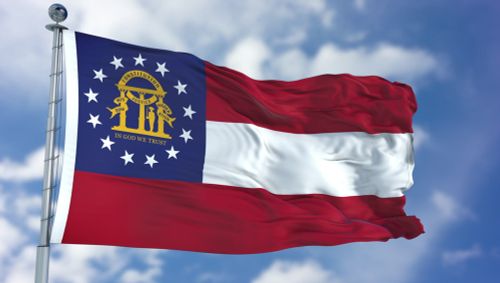
2d ago — The tech industry group NetChoice has asked a federal judge to block a new Georgia law that requires social platforms to verify users’ ages, and prohibits platforms from allowing minors under 16 to create accounts, without parental permission.
 TV News Check
TV News Check
3d ago — Google's AdSense advertising network started supporting ads inside users' chats with some third-party AI chatbots earlier this year, Bloomberg reported.
 TechCrunch
TechCrunch
3d ago — Workers are fighting for working conditions and mental health support.
 The Verge
The Verge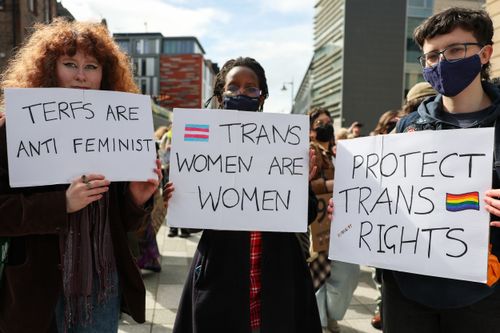
3d ago — The move comes after the U.K. Supreme Court's landmark ruling on what defines a woman.
 Newsweek
Newsweek
6d ago — Artists participating in Eurovision 2025 will only be allowed to bring their country’s official flag to any Eurovision-related event.
 Pink News
Pink News